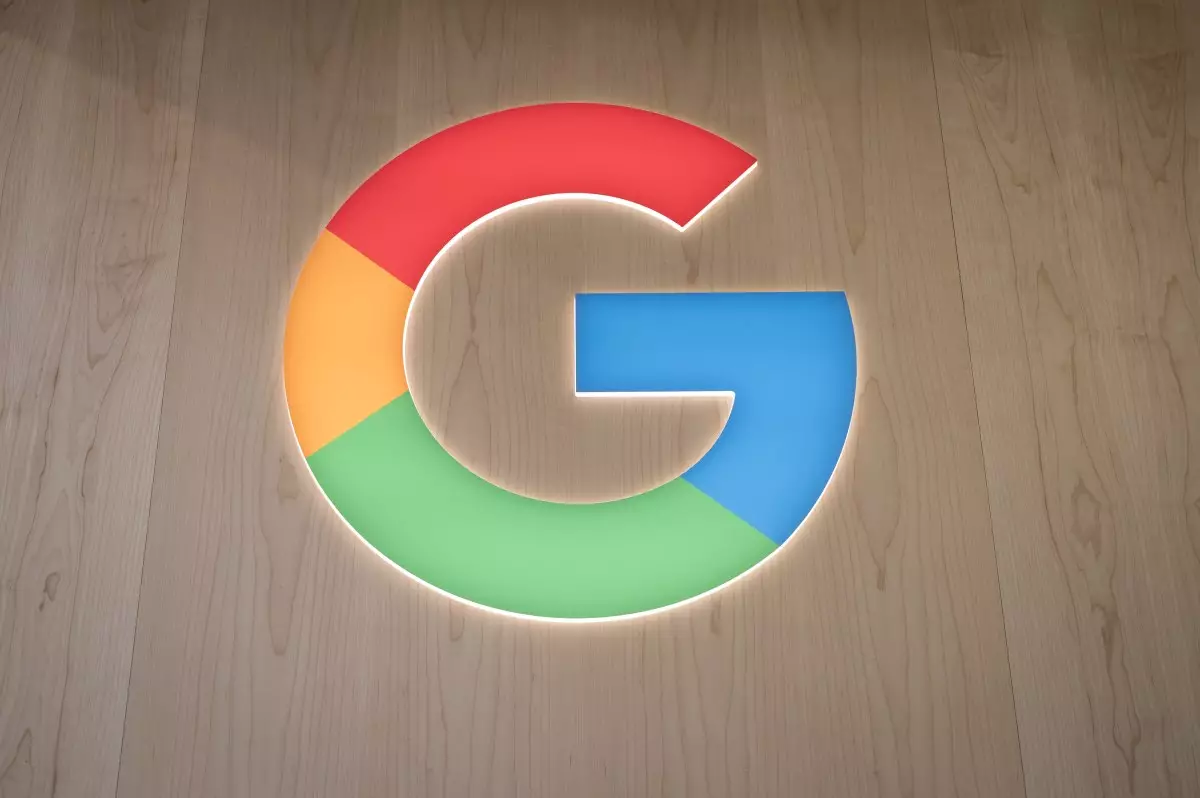In the rapidly evolving digital landscape, the use of artificial intelligence (AI) in photo editing tools has sparked both excitement and concern. As Google prepares to roll out a new feature in its Photos app, the implications of such technologies beckon a closer examination. Starting next week, the app will include a notification whenever a photo is edited using its AI capabilities, such as Magic Editor or Magic Eraser. However, the effectiveness of this approach raises critical questions about transparency and user awareness in the realm of digital imagery.
Google’s decision to implement disclosures in the Google Photos app—specifically a note indicating when a photo has been “Edited with Google AI”—signals an acknowledgment of the ethical considerations surrounding AI usage. Users have increasingly expressed concerns over the authenticity of images, particularly when these edited photos proliferate on social media platforms. The move towards transparency is vital, but the method Google has adopted may not adequately address the root of the problem: the ability of users to recognize AI-altered content quickly and easily.
Despite Google’s efforts to enhance transparency through metadata, this information primarily resides in the app’s “Details” section, which is not typically visible to users in everyday interactions with images. The reality is that most consumers engage with photos on the surface level—viewing them in social media feeds or through text messages—without diving into the more nuanced aspects such as metadata. Thus, while the addition of this disclosure is a positive step, it may not significantly impact the average user’s ability to discern between genuine and edited photos.
One prominent solution that has been debated in this context is the incorporation of visual watermarks directly onto AI-edited images. Although Google has opted against this approach, citing potential issues such as users cropping out watermarks or editing them away, the absence of any such explicit indicators results in a missed opportunity for immediate recognition. Users may still be left in the dark when encountering an altered photo in their feeds, making it challenging to navigate a digital world filled with enhanced or entirely fabricated images.
Critics may argue that the reliance on metadata alone does not genuinely empower users. The fear is that an over-reliance on subtle disclosures could lead to a false sense of security, with individuals assuming greater transparency exists than what is truly provided. The discussion echoes wider concerns about trust in digital spaces, where synthetic content can shape perceptions and influence even critical decision-making processes.
Moreover, as tech giants like Google continue to develop sophisticated AI editing tools, the consequences extend beyond privacy or misleading images. The potential saturation of synthetic content could pose broader societal implications. For instance, with traditional markers of trust in visual media eroding, individuals may find it increasingly difficult to assess the veracity of online content. This phenomenon raises an important dialogue about the role of platforms in safeguarding the authenticity of shared images.
Current measures being undertaken by tech platforms, including Facebook and Instagram’s initiatives to flag AI-generated content, reflect a growing recognition of the necessary safeguards in today’s digital ecosystem. As consumers navigate an ocean of misinformation, responsive policies are essential in fostering a culture of accountability among both creators and platforms.
While Google Photos is taking a step towards greater transparency with its new AI photo editing disclosures, the effectiveness of such initiatives may be limited without fundamental changes to how users interact with images. The challenges surrounding user identification of AI-edited photographs underline the necessity for a more robust and nuanced approach to transparency.
As the digital landscape continues to evolve, balancing innovation with ethical responsibility will remain paramount. The conversations sparked by these changes invite users, creators, and platforms alike to engage in a collective effort towards ensuring that the digital world is both vibrant and trustworthy. Only through such a collaborative effort can we hope to uphold the integrity of visual content in an era increasingly defined by AI-driven capabilities.

